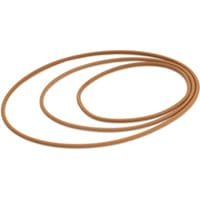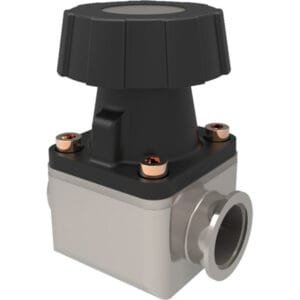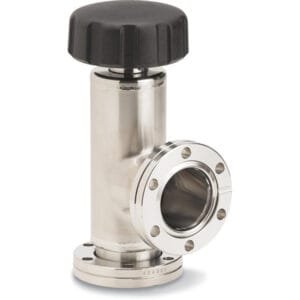ASA HV Replacement O-Rings: Reliable Elastomer Sealing for Grooved ASA Flanges
ASA HV Replacement O-Rings from TFM are precision-engineered elastomeric seals designed to provide leak-tight performance in ASA flange assemblies for high-vacuum (HV) systems. These o-rings are manufactured to fit the grooved face of ASA-style flanges, which form a seal against the smooth (flat) mating flange when compressed using bolts and washers.
Used across a wide range of vacuum chamber and foreline applications, these replacement o-rings restore system sealing integrity after disassembly, cleaning, or thermal cycling. They are essential consumables for vacuum technicians, OEM system builders, and cleanroom maintenance teams working with ASA standard flanges.
Key Features of ASA HV Replacement O-Rings:
Vacuum-Grade Elastomer Formulations
Manufactured from high-purity fluorocarbon (FKM) rubber by default, these o-rings provide excellent chemical resistance and thermal stability—ideal for HV and process gas applications.Precision-Molded for ASA Grooved Flanges
Each o-ring is dimensioned to fit the standard o-ring groove geometry on ASA flange faces, ensuring proper compression and consistent vacuum sealing performance.High-Vacuum Performance
When properly seated and fastened, these o-rings maintain vacuum integrity down to 10⁻⁸ Torr, supporting both roughing lines and UHV-compatible chamber seals.Temperature Compatibility
Fluorocarbon o-rings support sustained operation between -20 °C to +200 °C, making them suitable for heated systems, bake-outs, and thermal cycling.Cleanroom Ready
O-rings are cleaned and packaged to vacuum-grade standards, reducing contamination risk and ensuring readiness for high-purity applications.
Applications Include:
Sealing ASA flange ports on vacuum chambers
Maintenance and rebuilds of ASA vacuum lines
Feedthrough or viewport sealing in ASA-grooved assemblies
Replacement of degraded or deformed o-rings in HV setups
Leak restoration in modular flange-based vacuum systems
TFM offers ASA HV Replacement O-Rings in standard sizes to match ASA 2-inch, 4-inch, 6-inch, 8-inch, 10-inch, 12-inch, and 14-inch flanges. Custom sizes and alternate compounds (e.g., Buna-N, EPDM, Chemraz®) are also available upon request for special chemical or temperature requirements.
For complete flange assembly, pair these o-rings with TFM’s ASA HV Bolt Sets, which include the bolts, washers, and nuts needed to securely fasten grooved-to-flat ASA flange pairs.
In summary, ASA HV Replacement O-Rings offer a dependable sealing solution for ASA flange-based high-vacuum systems. Their material resilience, precision fit, and vacuum compatibility make them an essential part of maintaining long-term performance and integrity in vacuum chambers and gas delivery infrastructure.





Reviews
There are no reviews yet.